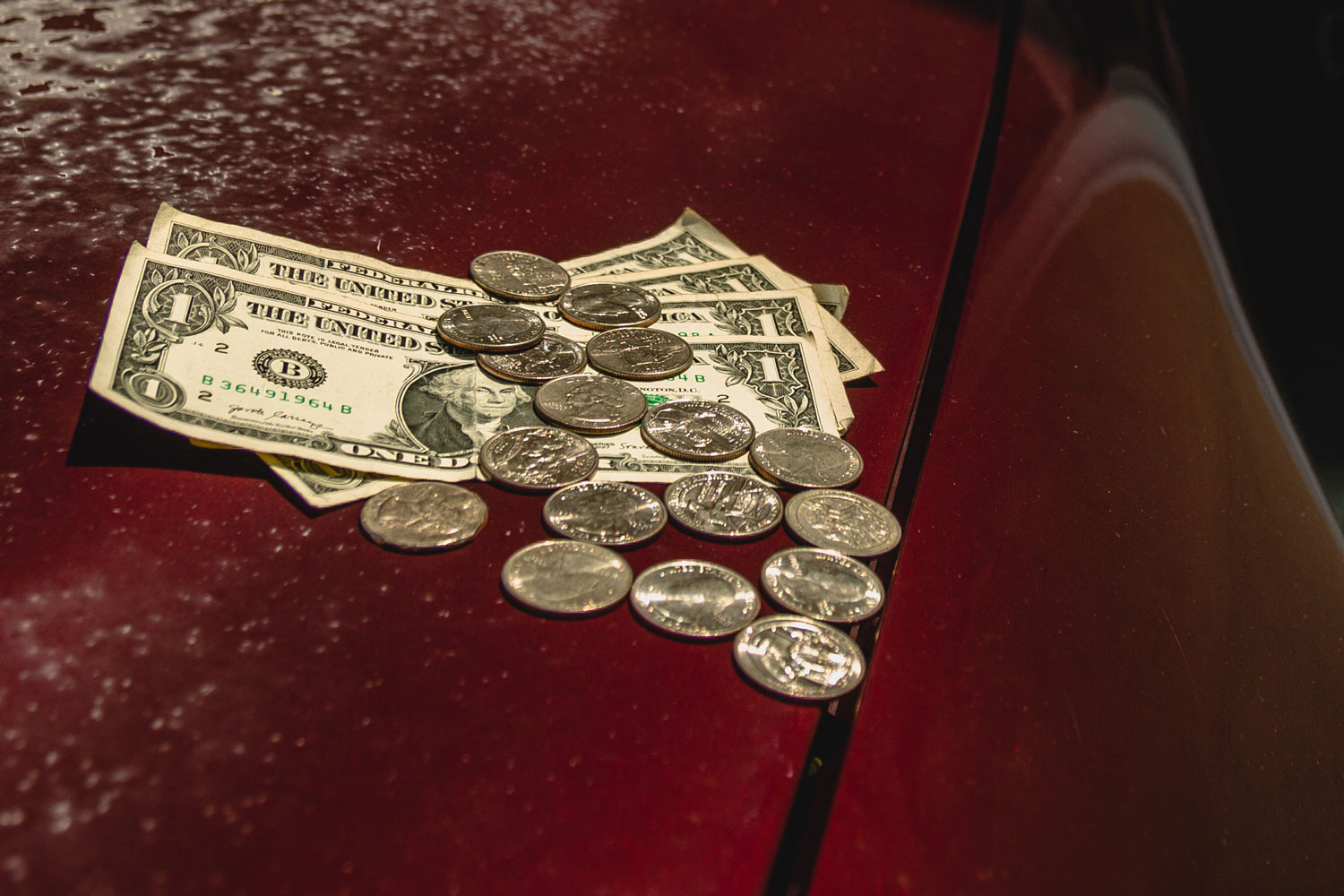Here’s How Your Car’s Paint Color Impacts Depreciation
Neutral colors rule on average, but brighter shades put in a strong performance.
 Manuel Carrillo III | Capital One
Manuel Carrillo III | Capital One
How much does the color of your car affect its resale value? More than you might think—and in some cases, in ways you might not have considered. A recent study by iSeeCars revealed the overall depreciation trends related to car color choice, as well as a few surprising twists regarding what colors hold their value the best over time.
Why Does A Car’s Color Impact Resale Value?
For the average commuter vehicle—be it an SUV, sedan, or truck—dealers tend to order new vehicles in hues they know they can sell. With the most popular paint colors on the market currently showing as white, black, gray, and silver, (which together account for 77% of new car colors), it makes sense that these particular shades depreciate at around the industry average rate of 15% per year over the course of the first three years of ownership. There exists a constant stream of customers looking to purchase used automobiles painted these colors, balanced out by a steady supply.
Stepping outside the standard new car color palette, however, reveals that a vehicle's depreciation is linked not just to its paint job, but also its type. A color that holds its value well on a pickup truck might not be the same as one that stands the test of time on a convertible or sports car.
Which Paint Colors Hold Their Value?
The paint colors that best stave off depreciation tend to be stand-out shades that are less common on the road. Overall, yellow loses the least value over the first three years, which is due primarily to its rarity. Yellow is also most commonly ordered on specialty vehicles such as sports cars, or on special edition trim levels where eye-searing paint jobs are more desirable. Orange is another color that holds its value much better than average, for similar reasons.
There is an exception to this rule for pickup trucks, where beige takes the top spot. The iSeeCars study explains that this is due to that particular hue being used on a desirable Toyota trim level, which has held its value particularly well in the overall truck market.
Which Paint Colors Depreciate the Most?
A color's rarity is no guarantee that it will resist depreciation. Brown, a shade that is uncommon across most vehicle types, also happens to lose its value faster than any other color, depreciating at a rate 1.2 times faster than the industry average. Diving into individual vehicle segments reveals that for pickups, the worst-performing color is green (followed closely by yellow), and for minivans, red.
There is one other interesting lesson to be learned by peering closely into the study's data. While neutral shades perform well when all segments are combined together, for convertibles and coupes the situation is different with white and black being the most depreciating colors, respectively. Buyers in these segments, which include a healthy dose of high performance vehicles, prize more dazzling hues that stand in contrast to the rest of the pack's preferences.
Written by humans.
Edited by humans.
 Benjamin Hunting
Benjamin HuntingBenjamin Hunting is a writer and podcast host who contributes to a number of newspapers, automotive magazines, and online publications. More than a decade into his career, he enjoys keeping the shiny side up during track days and always has one too many classic vehicle projects partially disassembled in his garage at any given time. Remember, if it's not leaking, it's probably empty.
Related articles
View more related articles